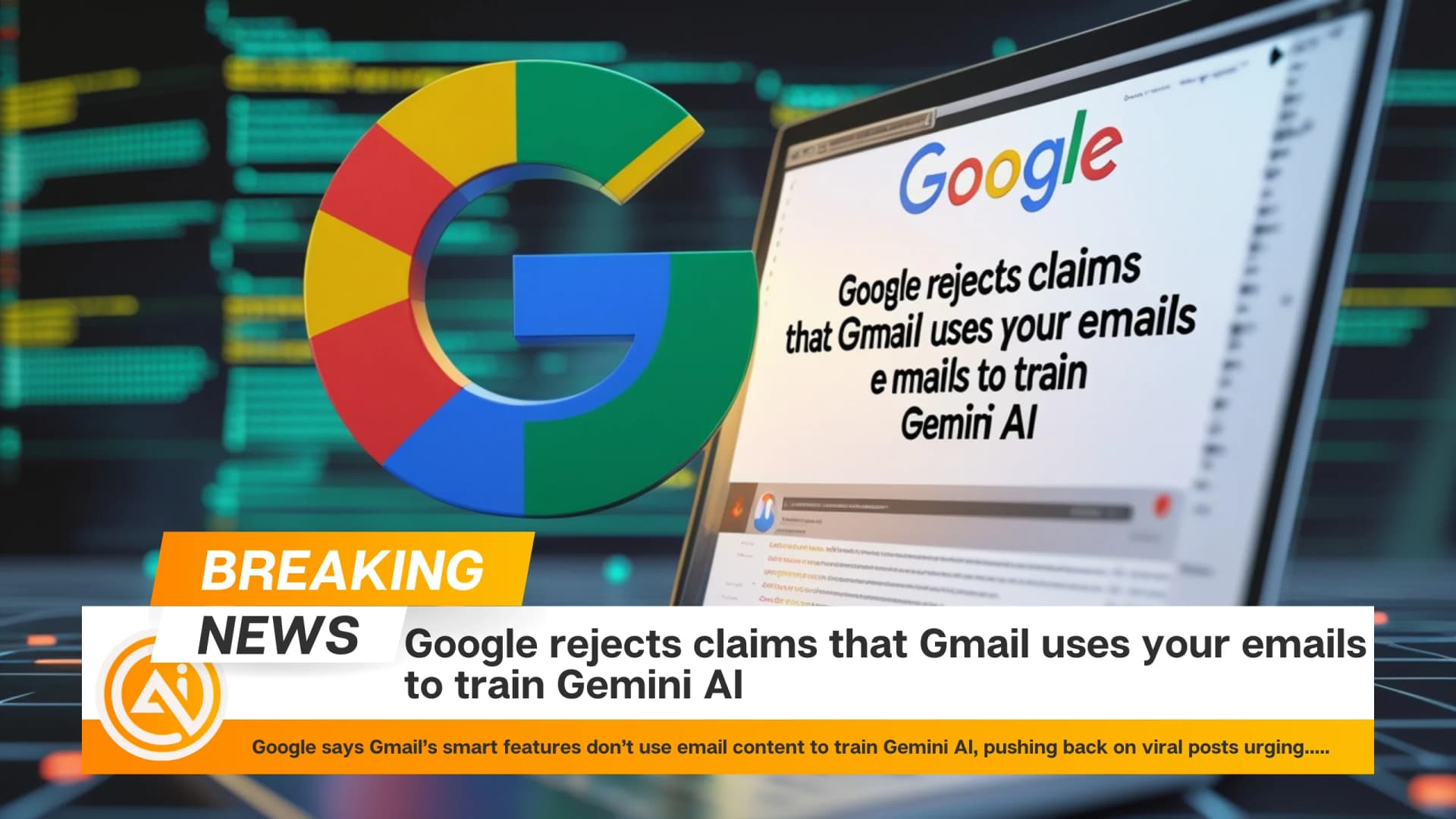
Google rejects claims that Gmail uses your emails to train Gemini AI
editorial_staff
Source
techcrunch
October 20, 2025
Apple’s latest showcase delivered four new phones — iPhone 17, 17 Pro, 17 Pro Max, and a slimmer iPhone Air — but little movement on artificial intelligence. The Air name nods to Apple’s lighter MacBook and iPad lines and to the long-running quest for thinner hardware, yet in 2025, the more meaningful race is about what the software can do. On that front, Apple again took a cautious route.
During the event, AI was mentioned mainly to recap June’s WWDC features, such as Visual Intelligence and on-device models, and to frame camera tweaks, including a front camera Apple markets as Center Stage. The most striking new capability powered by AI wasn’t on the phones at all: Live Translation is coming to AirPods 3. Siri, meanwhile, did not appear — and the widely expected AI upgrade is now slated for 2026.
Competitors are not standing still. Google’s Pixel 10 arrived last month with a fresh round of AI-first features, raising questions about whether Apple has misread the moment. To date, iPhone owners have seen baseline tools like writing aids, summaries, image generation, visual search, live translation, and Genmoji, but not an assistant that truly grasps broad queries or draws context from apps on the device.
Reports suggest Apple is exploring outside help, potentially running a partner model — such as Google’s Gemini — under Siri’s hood, or even making a sizable acquisition. That approach, while surprising, could benefit customers. Many iPhone users already prefer Google’s services over Apple’s for mail, maps, docs, browsing, and web search.
If top-tier AI were integrated natively through a partner, it would feel seamless, like part of iOS, without the user juggling standalone apps. It would also let Apple spend less on the heavy infrastructure behind frontier AI and keep the option to swap in better models as the field evolves.
The result could be the best of both worlds: Apple’s design, cameras, privacy-minded engineering, and touches like Liquid Glass alongside industry-leading AI from Google, Anthropic, or OpenAI. Apple could keep selling on hardware excellence — thinness included — while buyers still get cutting-edge AI. But that outcome depends on Apple moving beyond Apple Intelligence quickly or opening the door to third-party brains sooner, not later.